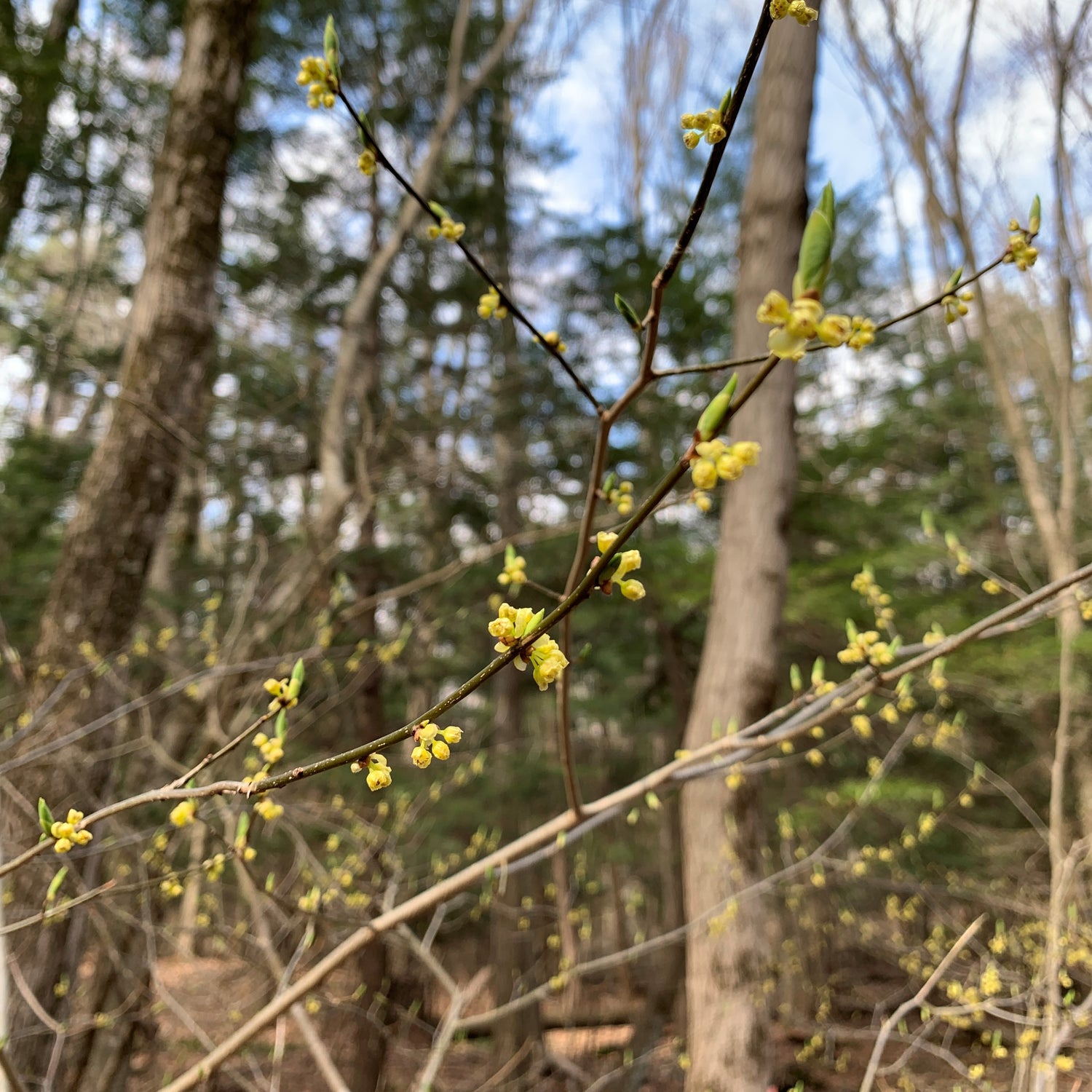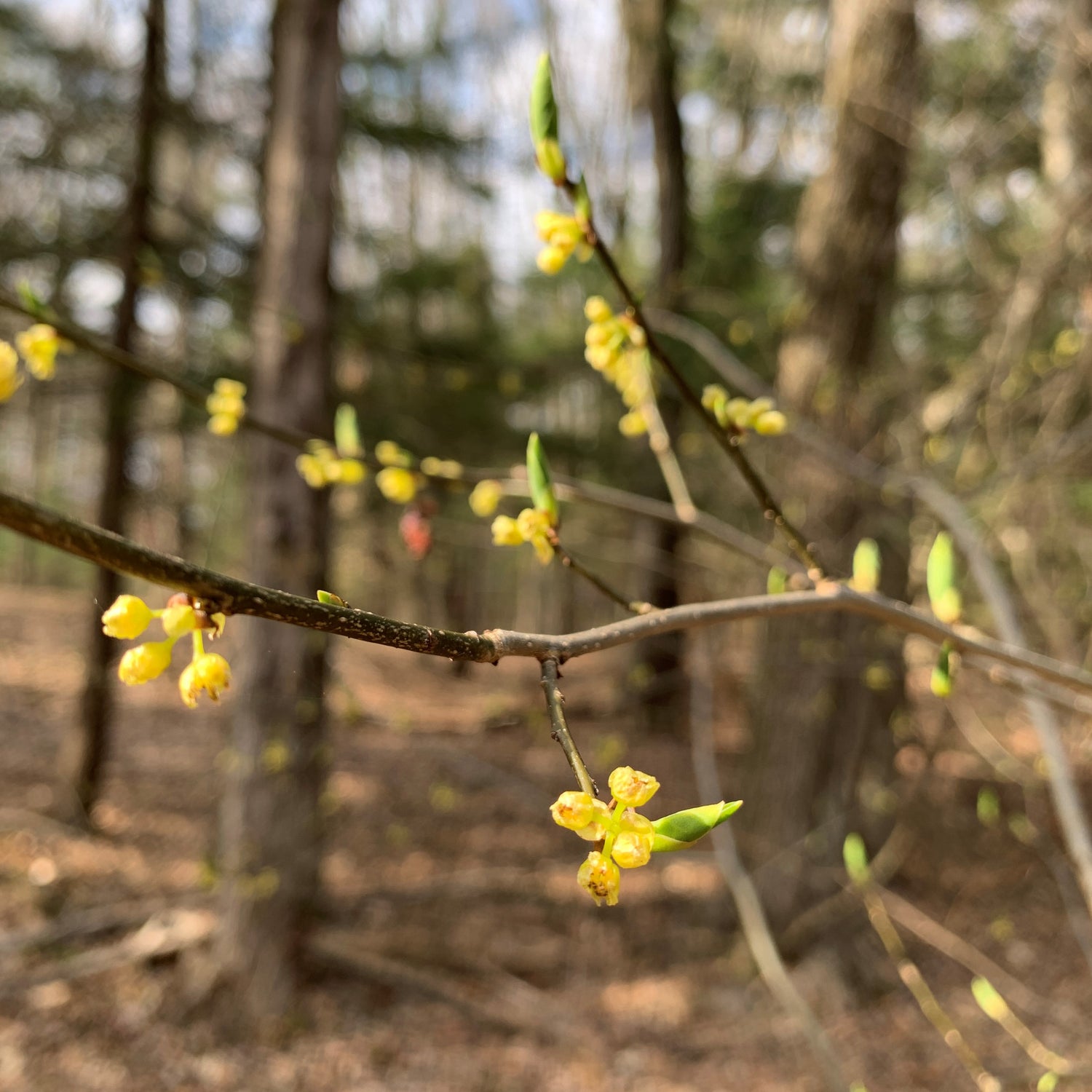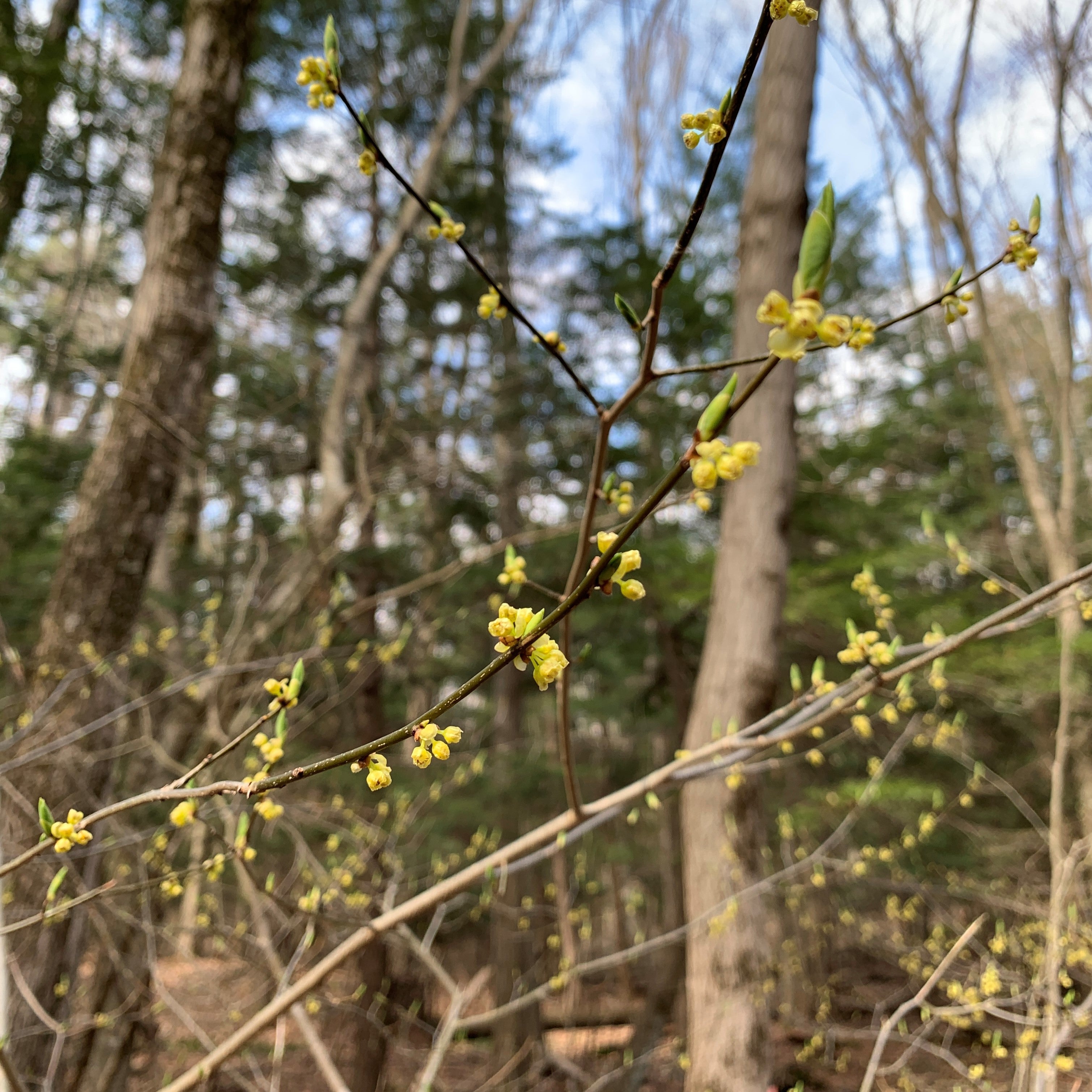No Risk 60 Day Guarantee
We guarantee that you will be satisfied with your purchase and that your plants will arrive healthy, free of pests and diseases, and true to name. If for any reason you are dissatisfied, notify us within 60 days of receipt of your order and we will refund you.
Fall Guarantee
Notify us within 7 days if you have a concern about orders shipped in autumn so we can make a note of it. Warranty on such plants is extended to May 31 of the following year. Our fall guarantee does not cover plants that are not hardy (i.e., able to survive winter) in your area, so please verify your USDA hardiness zone before purchasing. If you have questions about whether a plant can survive winter in your area, please call us before purchasing.
Our Larger Root Systems
We ship jumbo size plants with hefty root systems that outperform smaller plants obtained from other mail order nurseries.
Shortages/Damages
We take great pride in our packaging. Please contact us immediately if any of your boxes arrive damaged, or if you find any shortages or inconsistencies in the order. Please note: multiple boxes shipped by Fed Ex might not always arrive the same day. For more information, please see our shipping page.
Dormant Plants
Any plant shipped dormant in the spring is guaranteed to break dormancy even if it takes more than one month. Call us directly if you have any concerns.
Photos
Photos of the plant(s) will be required so that we may provide the best assistance possible.
Refunds
A plant refund is based on the plant cost less discounts and shipping charges. Allow up to 2 weeks for processing. We reserve the right to request a return of an item. Click here to request a refund.
Product Care
After 60 days, we cannot be responsible for product that is in your care. This includes overwintering, animals, insects, diseases, poor planting, plants beyond their hardiness zone, drought, flooding, etc. Our expert staff is here to assist you with any problem you may be experiencing. Our goal is that you are successful with our product.
Our Record
Our parent company, GreatGardenPlants.com, has successfully shipped high quality plants for more than ten years. We take the same pride in the quality of plants sold here at ButterflyBushes.com.










